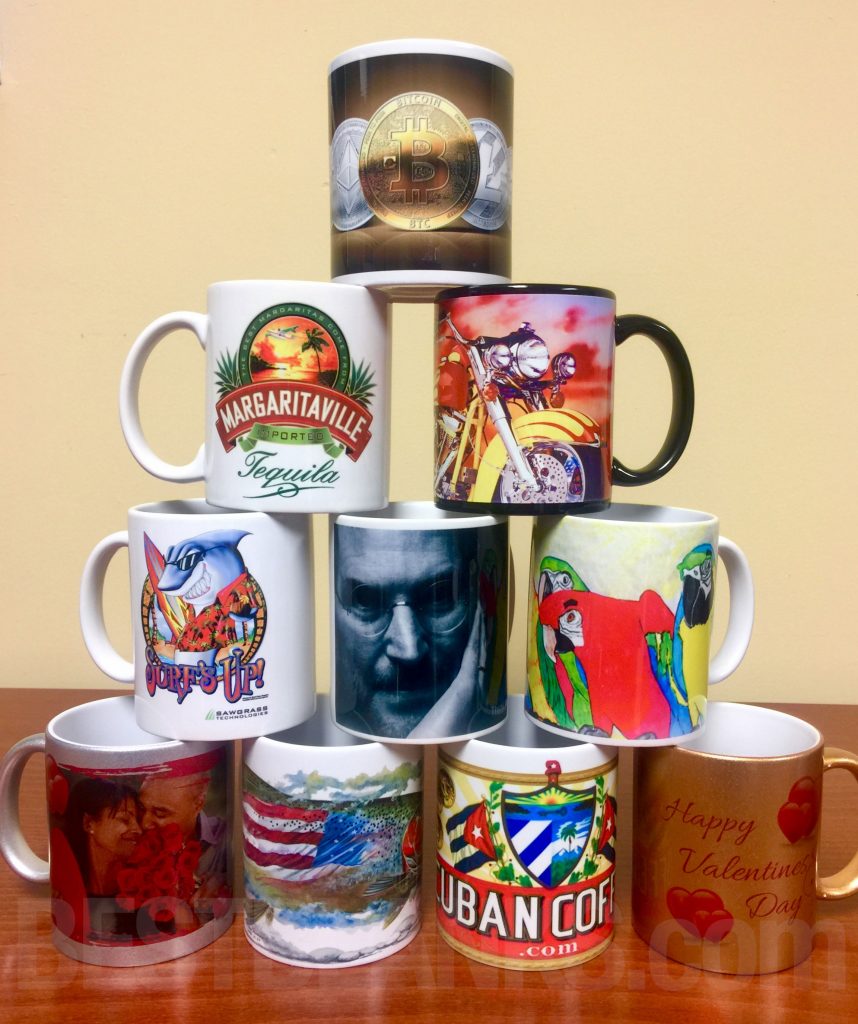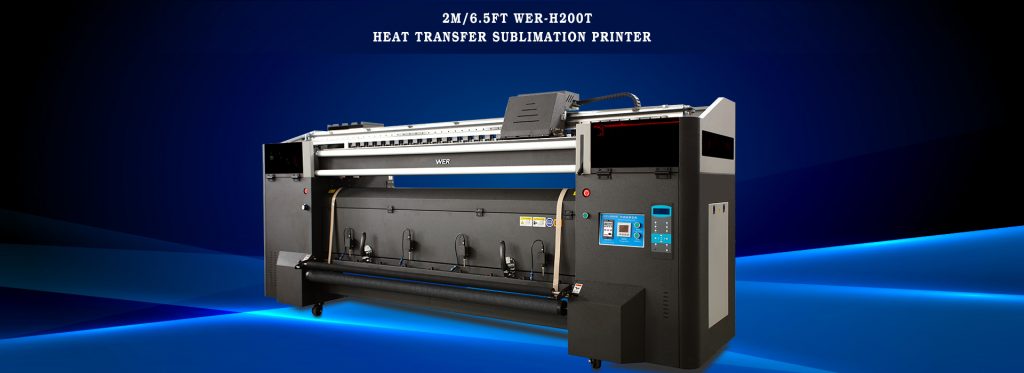Direct to textile printing is a process of printing directly onto textiles using specialized inkjet technology. The key requirements of direct-to-textile printing include a specifically engineered textile feeding system, specially coated textile, and specialty inks that are applied to the textile directly and are absorbed by the fibers.
As most fabrics are polyester or polyester-mixed, sublimation inkjet printing is widely used in digital textile printing. Since traditional screen printing costs more in terms of time & labor, digital textile printing, is now becoming more and more popular in Europe and across the world.
Not all fabrics are created equal, which means the type of printer needed for any given fabric printing project depends on the fabric you plan to use. Certain materials favor certain ink chemistries. Luckily, in the world of industrial printing, these details are dialed in and there are different fabric printers available for various applications.
What Kind of Fabric Printer Do I Need?
Here, we’ll compare dye sublimation and direct-to-fabric printing for custom banners, flags, clothing, lightbox graphics, light shades, and more. Ultimately, the necessary machine will depend on your vision. Whether it’s cotton, silk, nylon, or polyester that you plan to use, it’s equally important the correct inks are employed to ensure quality, longevity, and durability in your final product.
Dye-Sublimation Printers

There’s a good chance that your shower curtain or favorite sports jersey was created using polyester and the dye-sublimation printing process. Polyester is an integral part of the textile market and one of the most popular materials used for soft signage at trade shows, airports, and malls.
Direct-to-Fabric Printers
When it comes to non-polyester fibers, different ink chemistry is necessary so you can print directly into fabrics without having to transfer from paper. Products such as flags, that require deep ink penetration, benefit from this direct application.
Tags :
Knowledge & Stories| M | T | W | T | F | S | S |
|---|---|---|---|---|---|---|
| 1 | 2 | |||||
| 3 | 4 | 5 | 6 | 7 | 8 | 9 |
| 10 | 11 | 12 | 13 | 14 | 15 | 16 |
| 17 | 18 | 19 | 20 | 21 | 22 | 23 |
| 24 | 25 | 26 | 27 | 28 | 29 | 30 |
| 31 | ||||||
Recent Posts
- Ultimate Guide to UV Printing: Insider Tips and Tricks
- Before You Invest: Choosing a Large Format Flatbed Printer
- Maximizing Brilliance: Mastering UV Printer Settings for Optimal Media Reflectivity
- The advantages of using a WER UV printer for large format printing (2)
- Achieve Stunning Results in Home Décor and Architectural Design with UV Printer
Archives
- January 2025
- November 2024
- September 2024
- March 2024
- December 2023
- November 2023
- October 2023
- May 2023
- March 2023
- February 2023
- January 2023
- December 2022
- November 2022
- October 2022
- September 2022
- February 2022
- January 2022
- December 2021
- November 2021
- October 2021
- September 2021
- August 2021
- July 2021
- June 2021
- May 2021
- April 2021
- March 2021
- February 2021
- January 2021
- December 2020
- November 2020
- October 2020
- September 2020
- August 2020
- July 2020
- June 2020
- May 2020
- April 2020
- March 2020
- February 2020
- January 2020
- December 2019
- November 2019
- October 2019
- September 2019
- August 2019
- July 2019
- June 2019
- May 2019
- April 2019
- March 2019
- February 2019
- January 2019
- December 2018
- November 2018
- October 2018
- September 2018
- August 2018
- July 2018
- June 2018
- May 2018
- April 2018
- March 2018
- February 2018
- January 2018
- December 2017
- July 2016
- June 2016
Recent Posts
- Ultimate Guide to UV Printing: Insider Tips and Tricks
- Before You Invest: Choosing a Large Format Flatbed Printer
- Maximizing Brilliance: Mastering UV Printer Settings for Optimal Media Reflectivity
- The advantages of using a WER UV printer for large format printing (2)
- Achieve Stunning Results in Home Décor and Architectural Design with UV Printer

Recent Comments